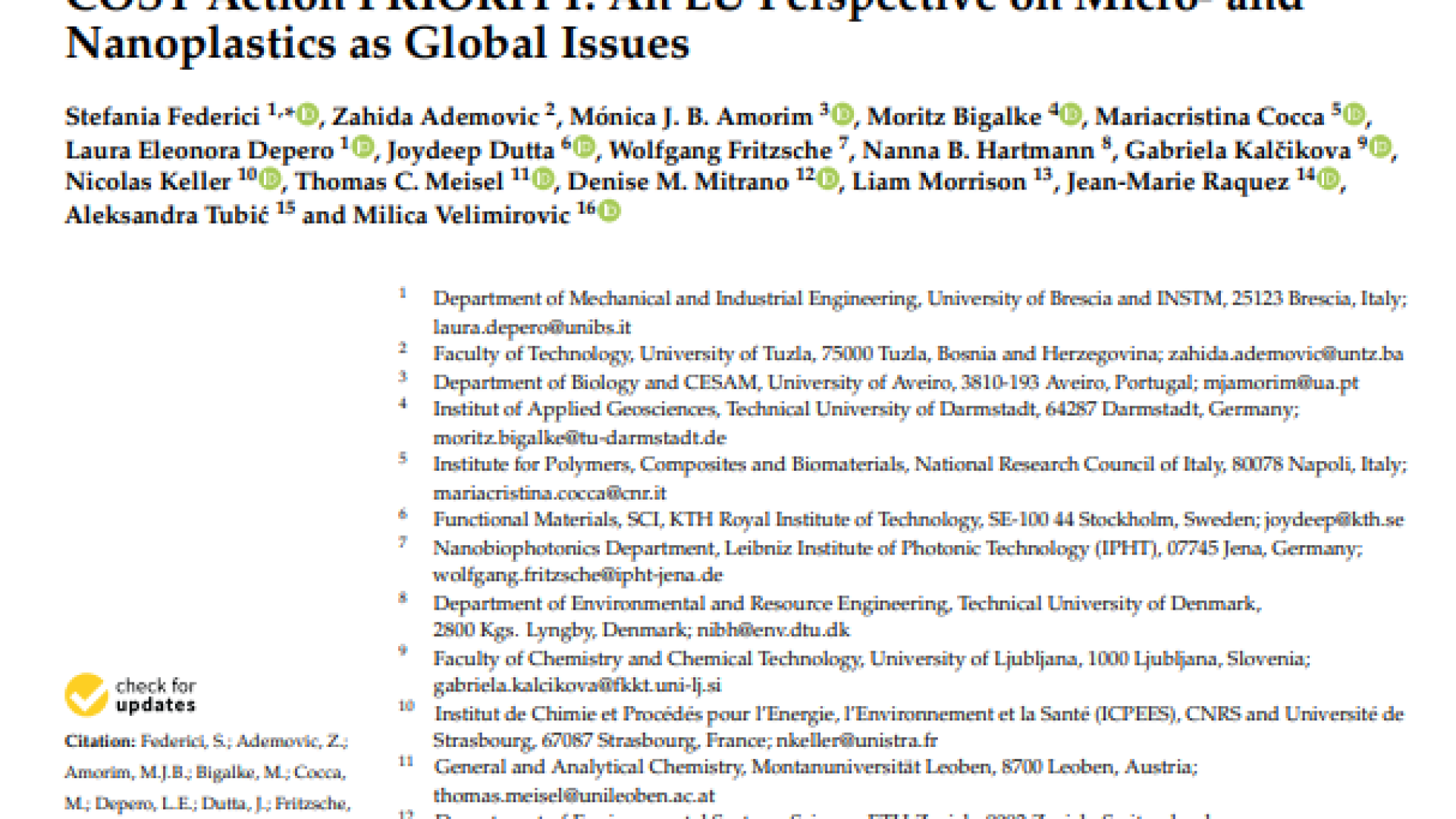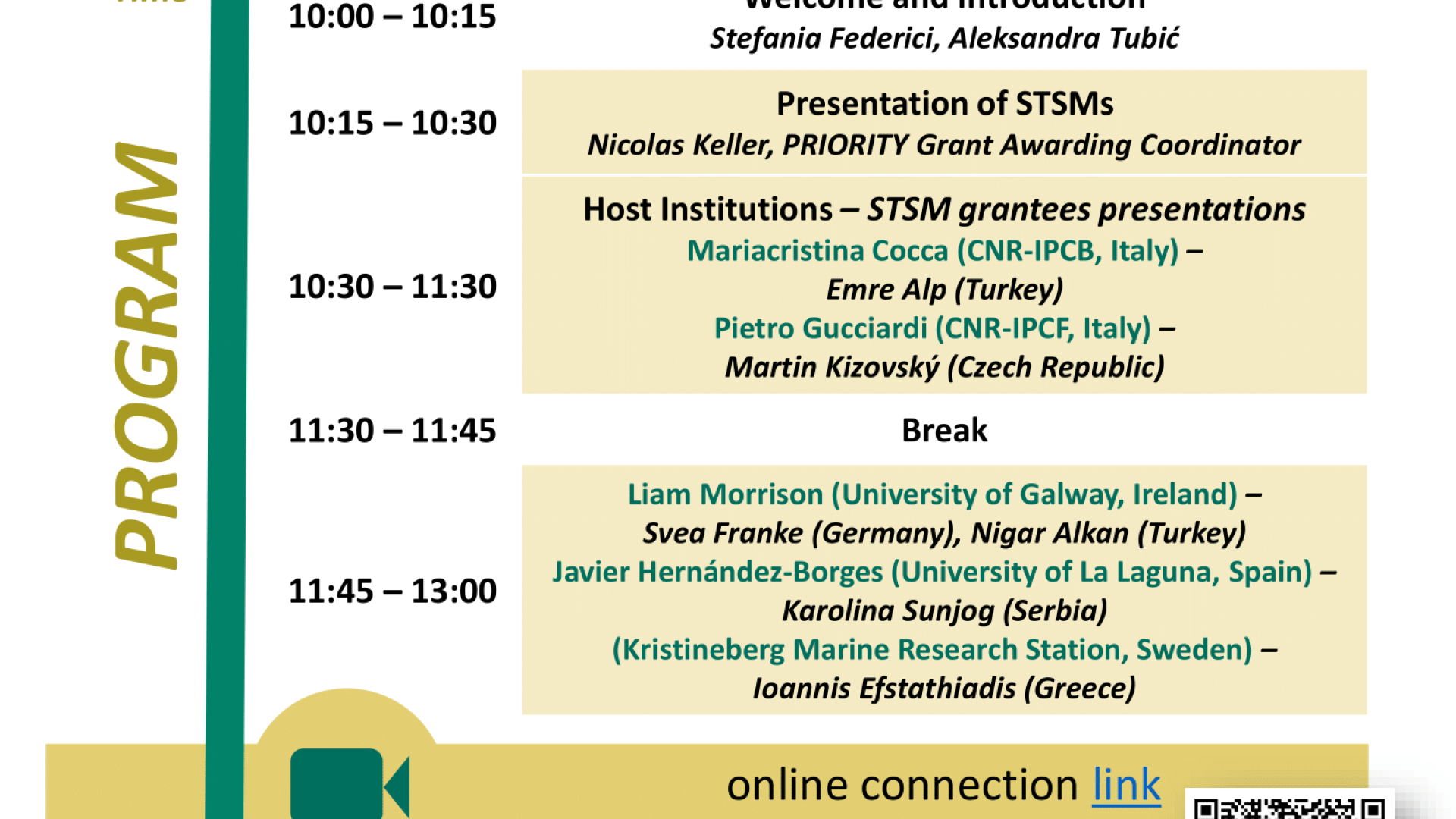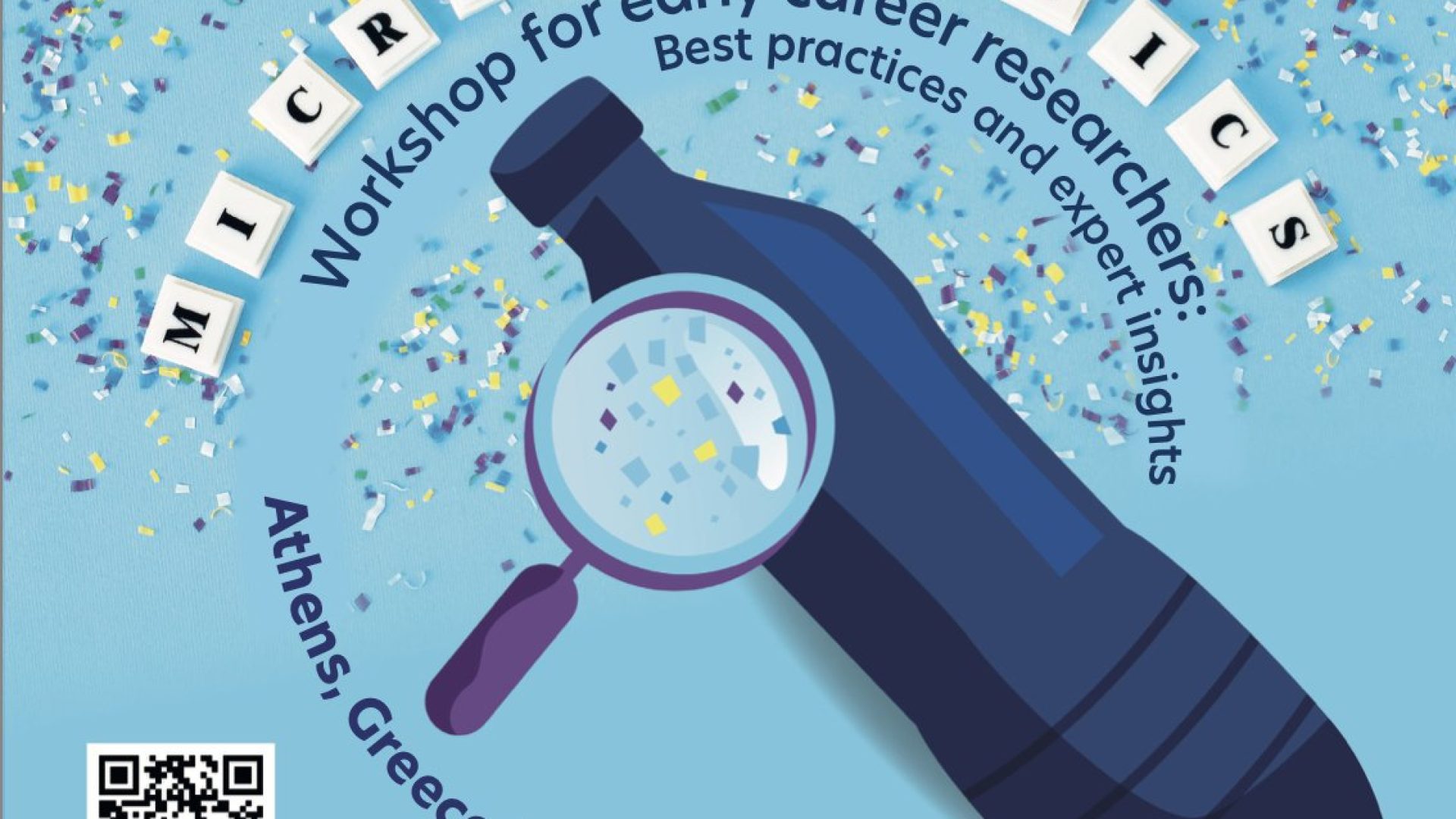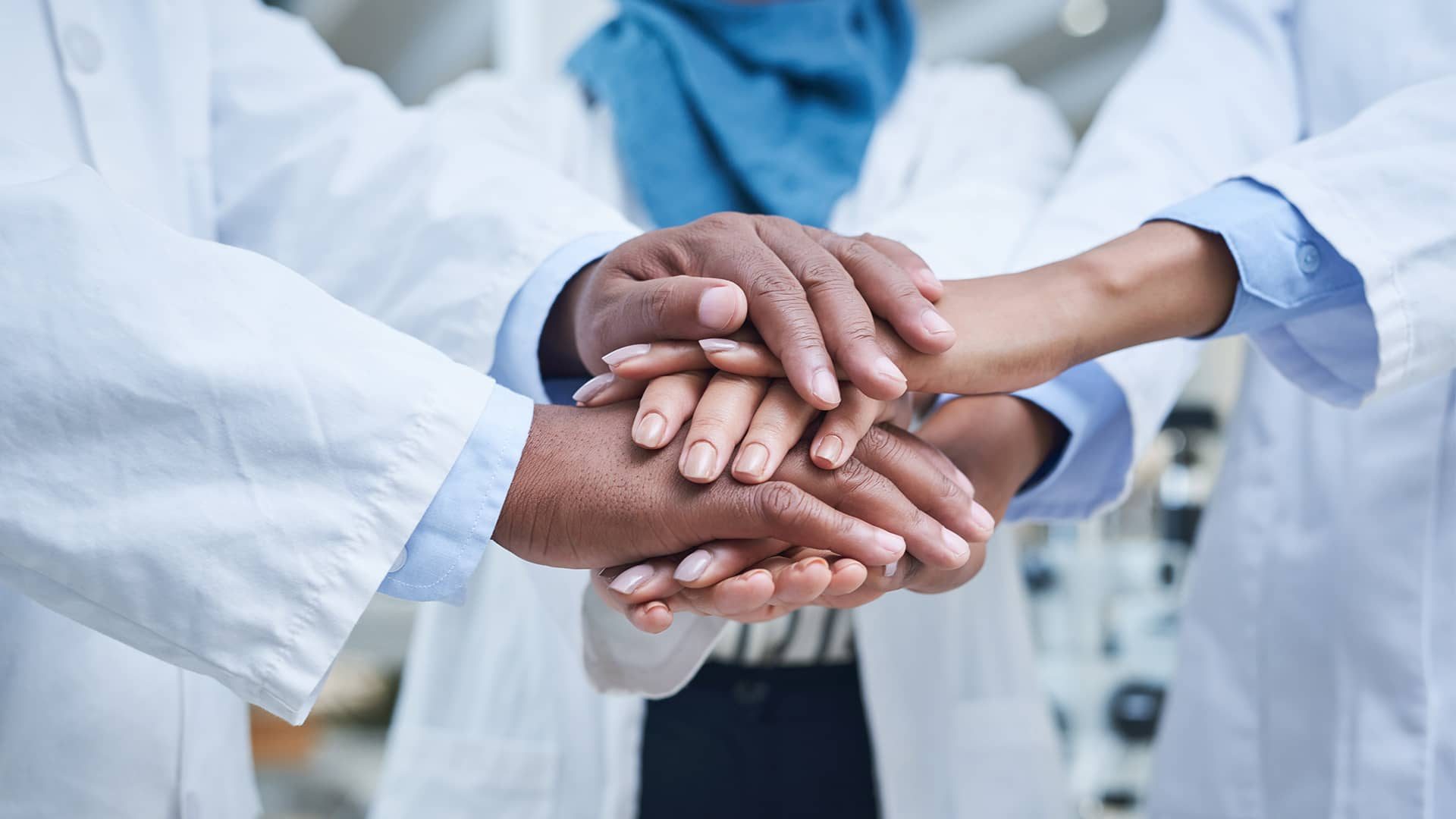News
Join the 1st workshop on PRIORITY Short Term Scientific Missions to be held on November 15, 2022 from 10:00 am to 1:00 pm (CET). The workshop will focus on the missions approved in the first year of our Action. To begin, the Grant Awarding Coordinator will give a brief introduction to this powerful networking tool....
Save the date for the Microplastics Early Career Workshop in Athens, Greece, June 14-17, sponsored by COST Action PRIORITY. More information to follow soon!
COST Action PRIORITY has been launched! PIORITY is a transdisciplinary research network focused on strategies to tackle the global challenge of micro- and nanoplastics in the environment. Find more information here: www.cost.eu/actions/ca20101 and express your interest to join any of the working groups
Instagram Feed
This error message is only visible to WordPress admins
Error: There is no connected account for the user 17841449985444244.



